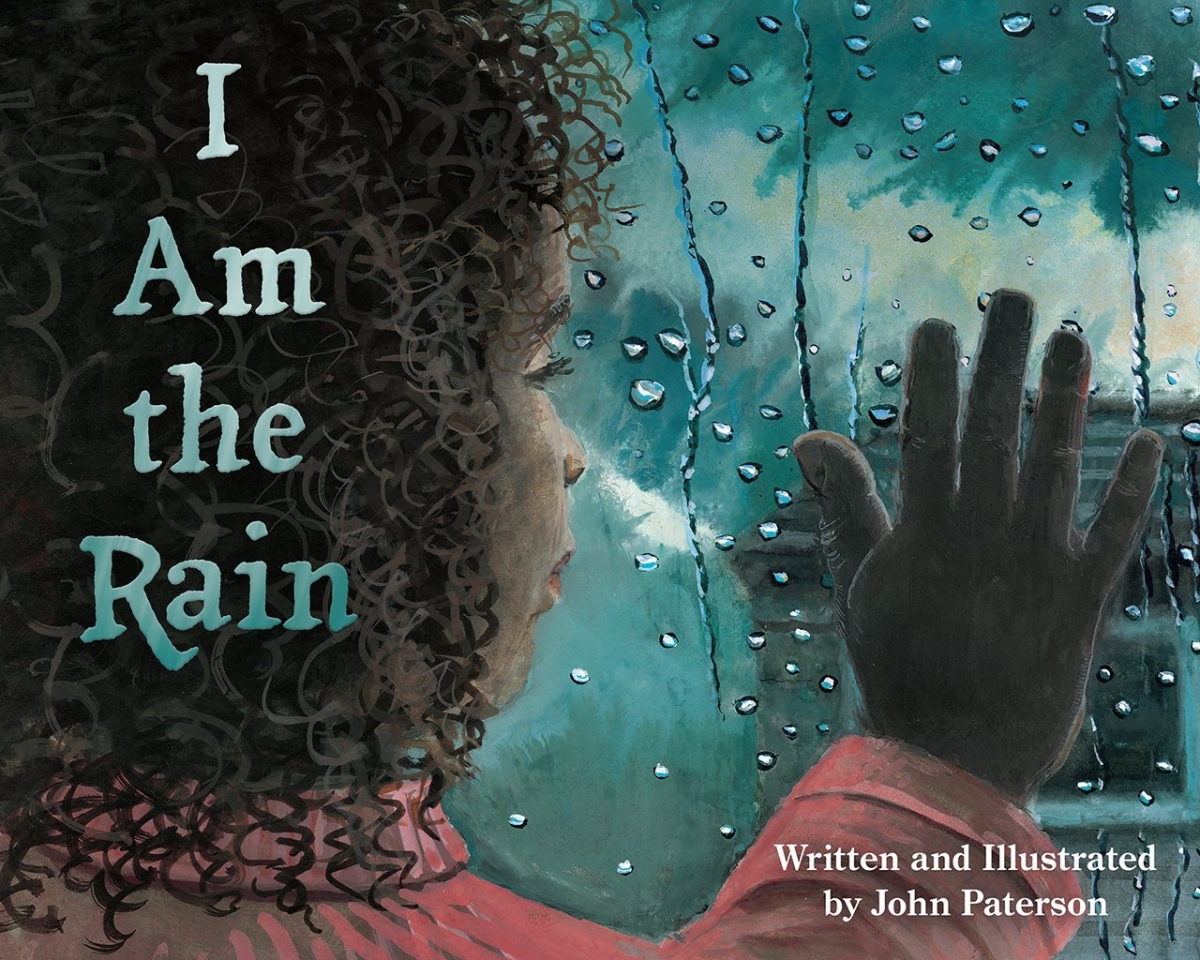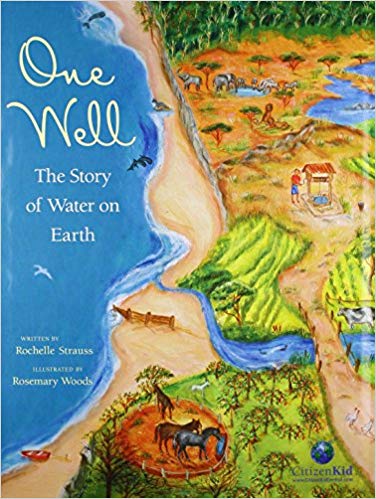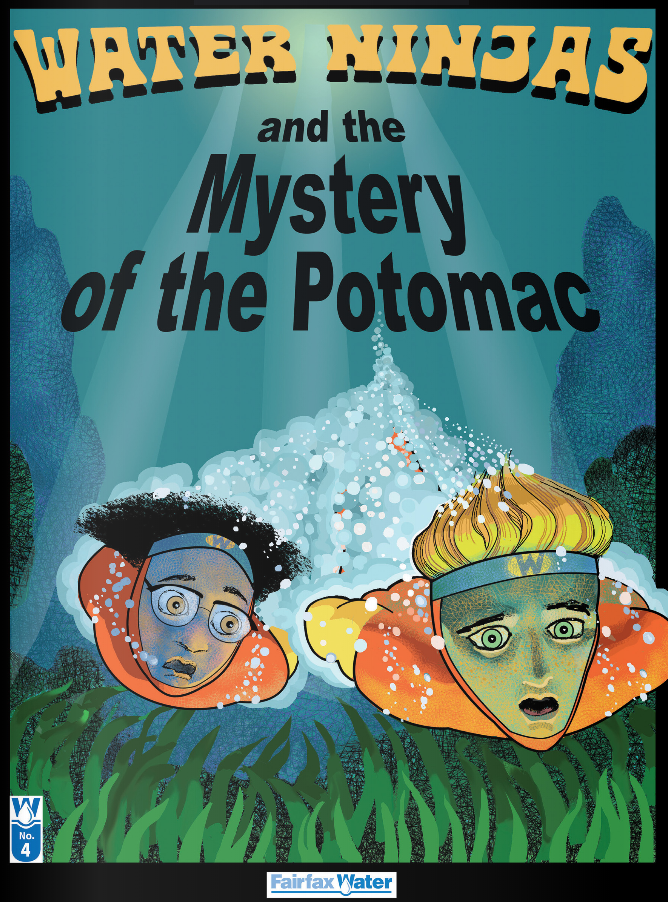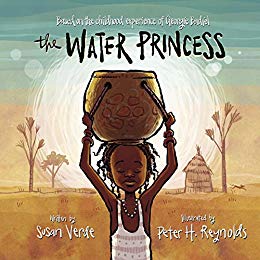- Visit
- Things to Do
- Learn
- Arboretum
- Research
- Support
- About
- People


Designed for 6th grade
$6 per student
Students assess the health of Blandy’s aquatic systems as they collect, measure, record, and analyze abiotic water quality indicators such as temperature, turbidity, pH, and nitrates. By identifying and analyzing aquatic macroinvertebrates your watershed scientists develop an understanding of the health of the wetlands. An analysis of the physical site adds context and a sense of stewardship to this meaningful watershed educational experience field investigation. Click here for a sample map and schedule, be aware that the activities and locations may vary based on number of classes, environmental factors, and teacher needs.
Target SOLs for the field investigation.
Science (2018): 6.1, 6.6, 6.8, 6.9 Math (2023): 6.CE.2 English (2024): 6.C.1
NOTE: Hover over bolded phrases to find links to resources.

Your students will be visiting Blandy to engage in a field investigation focused on watershed systems and human impacts on these systems. This cluster of lessons is designed to thoroughly address Virginia Science Standard 6.8, meet all elements of a Meaningful Watershed Educational Experience (MWEE) as defined by the Chesapeake Bay Program, and build Environmentally Literate citizens. Additional Virginia Standards of Learning addressed are listed at the beginning of each lesson.
To enhance classroom connections, we have developed this lesson cluster. Field investigations are more meaningful to students when they are integrated into their curriculum. This lesson cluster can be used to: introduce watershed systems, increase depth of knowledge by synthesizing a variety of components in a systems approach, review and reflect on concepts, and develop student collaboration and cooperation with an action project. Before-visit activities increase student awareness of the process of science and understanding of watersheds. With the after-visit activities, students synthesize data and concepts gathered in the field as they plan and execute watershed improvement plans.
To access the program cluster, click here.
During your field investigations for our Watershed Investigation program, students will measure water quality parameters via low-tech chemistry tests and by investigating bioindicators. Water chemistry gives a snapshot view of water quality: how healthy is the water at this moment in time? Finding, identifying, and tallying species of aquatic macro-organisms with varying pollution tolerances helps us determine water quality over a longer time (organisms require time within their healthy parameters to develop and grow). They will also conduct a site analysis to determine how humans use the land around a wetland and what organisms make up the food web in a wetland habitat. If there is a fourth class, students will also make watershed models
This program can serve as the field investigation portion of their Meaningful Watershed Educational Experience (MWEE) Field investigations are more meaningful to students when they are integrated into their curriculum. The data collected can be used for analysis, creating tables and graphs, and comparing to regional trends. We also recommend several texts and associated activities to enrich your students' experience.
 A Long Walk to Water Non-Fiction
A Long Walk to Water Non-Fiction
Author: Linda Sue Park
Grade: 6-8 Lexile: 720L
Suggested Activities:
 I Am the Rain Fiction
I Am the Rain Fiction
Author and Illustrator: John Paterson
Grade: PK-3 Lexile: AD470L
Suggested Activities:

One Well: The Story of Water on Earth Non-Fiction
Author: Rochelle Strauss Illustrator: Rosemary Woods
Grade: 3-7
Suggested Activities:

STEAM Team Adventure #4 - Water Ninjas and the Mystery of the Potomac Fiction
Author and Illustrator: Fairfax Water
Grade: 5-9
Suggested Activities:

The Water Princess Fiction
Author: Susan Verde and Georgie Badie Illustrator: Peter H. Reynolds
Grade: K-3 Lexile: 480L
Suggested Activities: